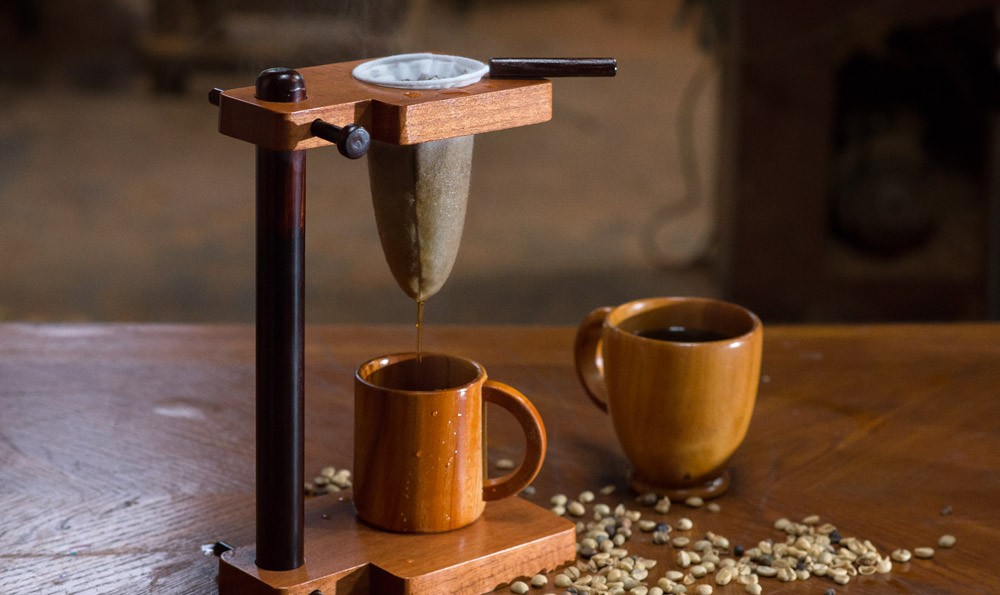Costa Rica’s 15 National Symbols for expats
Many foreigners who move here know little about Costa Rica’s history or national symbols. Below I have listed the country’s national symbols and the dates that they were officially proclaimed as part of the country’s heritage.
The country’s blue, red and white flag became a symbol on September 29, 1849
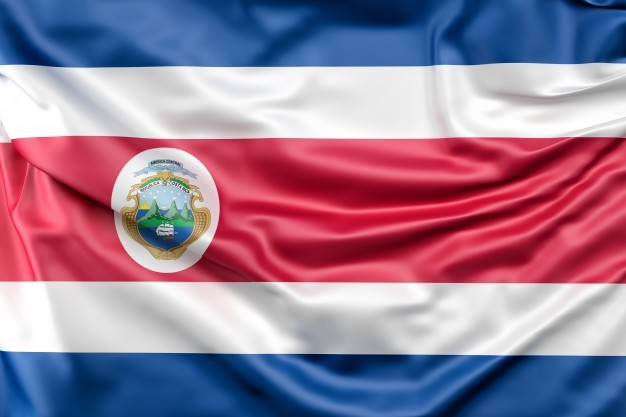
The country’s emblem also became part of out patrimony on September 29, 1849
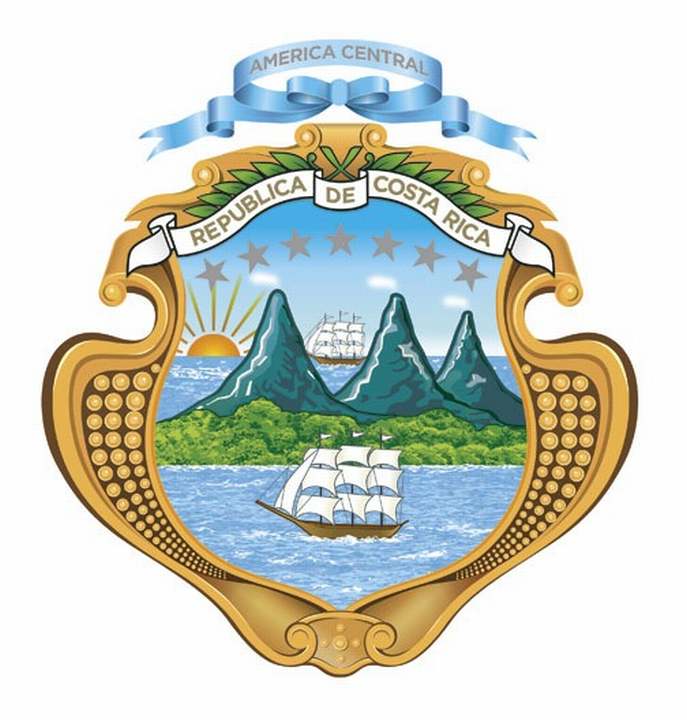
The National Anthem became official on June 11, 1852
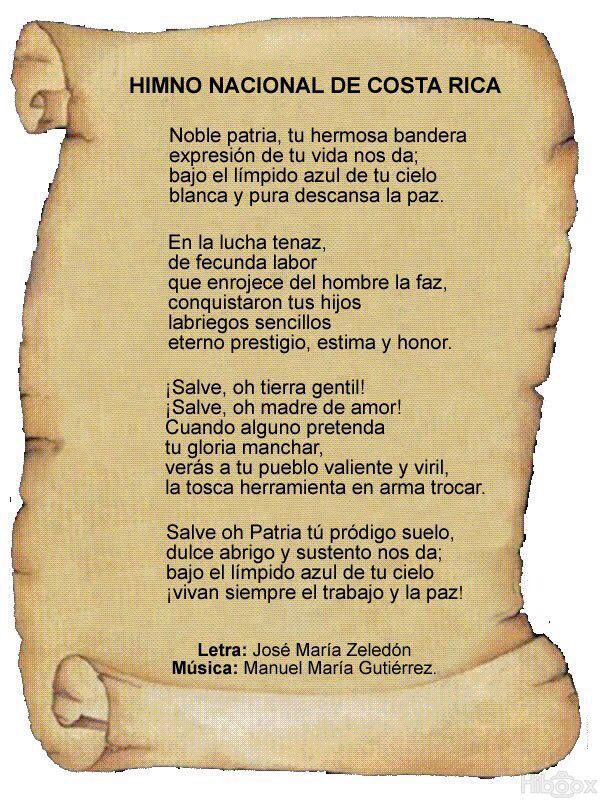
Costa Rica’s flower La Guaria Morada on June 15 1939
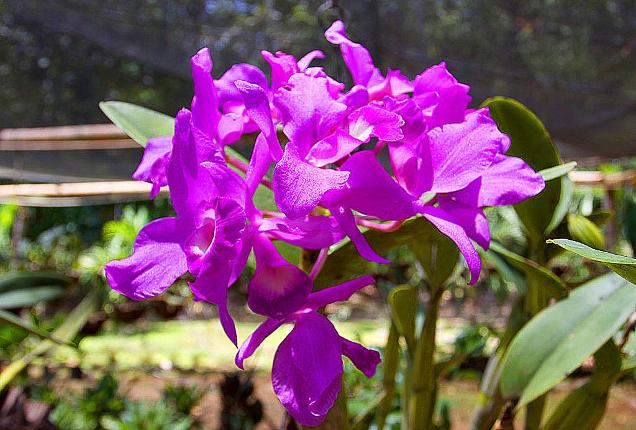
The country’s tree, el Ábol de Guanacaste, became the official tree on December 31, 1959
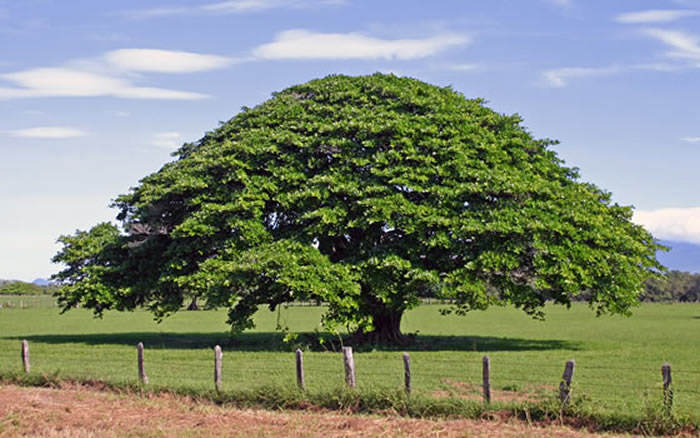
The Yigüiro became the country’s national bird on January 3, 1977
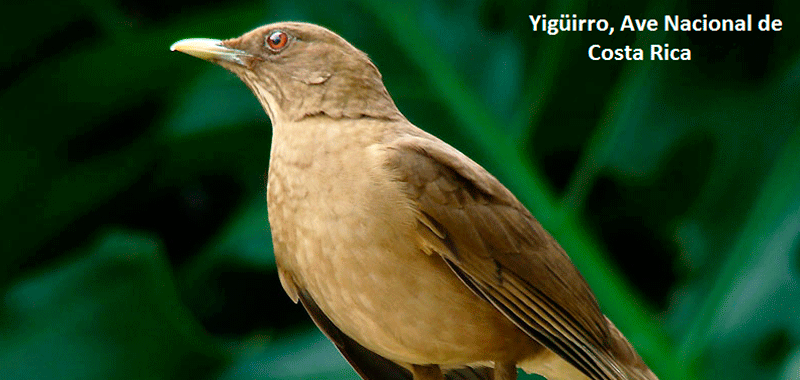
The carreta or oxcart on March 22, 1988
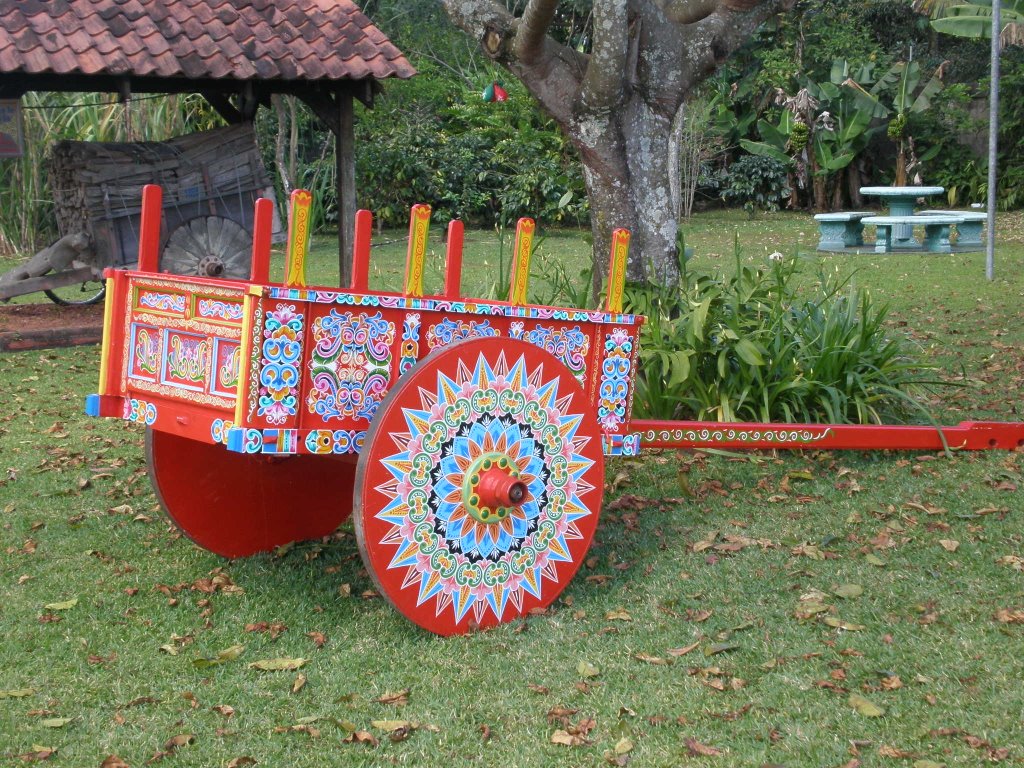
The White tailed-deer, venado cola blanco, on May 2 1955.
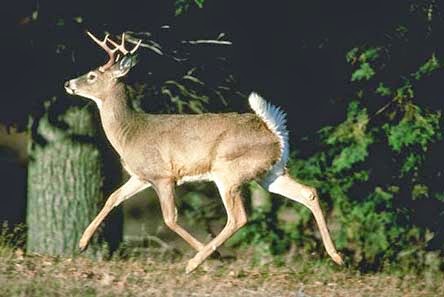
The marimba ( a percussion instrument) on September 3, 1996.
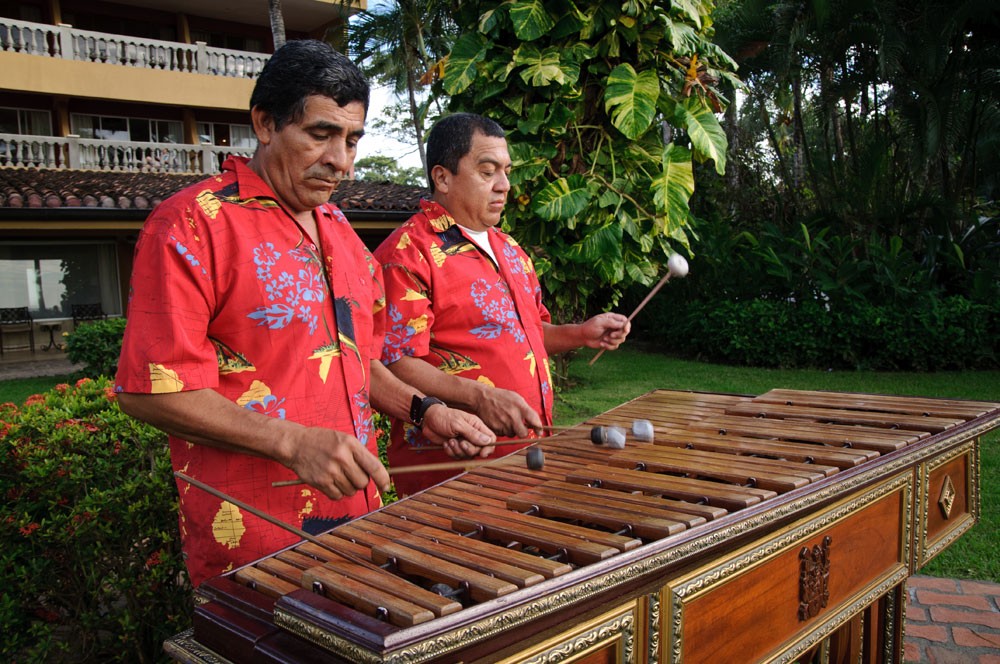
The torch, La antorcha, became part of our patrimony on September 14 2005
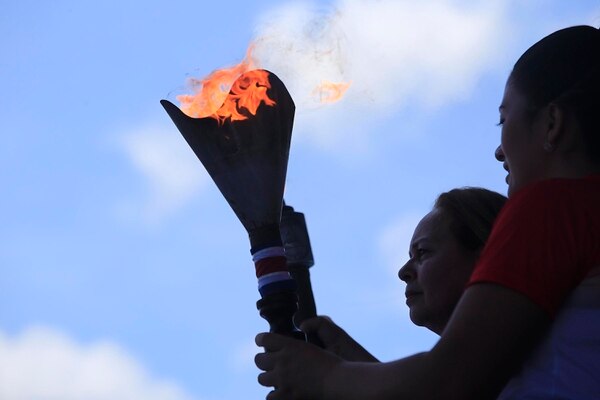
Los Crestones del Chirripó became the first natural place to become a symbol on September 5, 2011. The crestones are a rock formations which resemble a rooster’s crest.
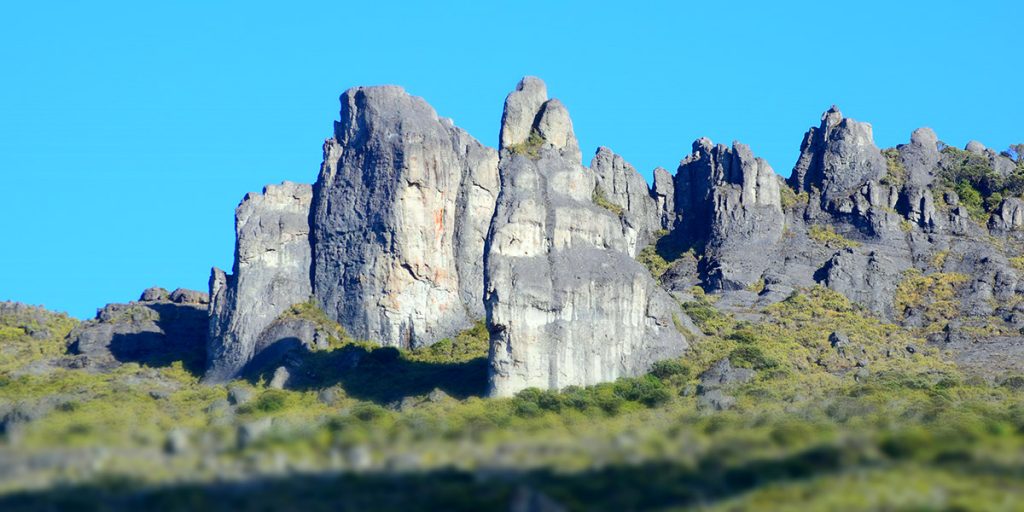
The Manatee or manatí (or sea cow) is mammal that was declared a national symbol on July 15 2014.
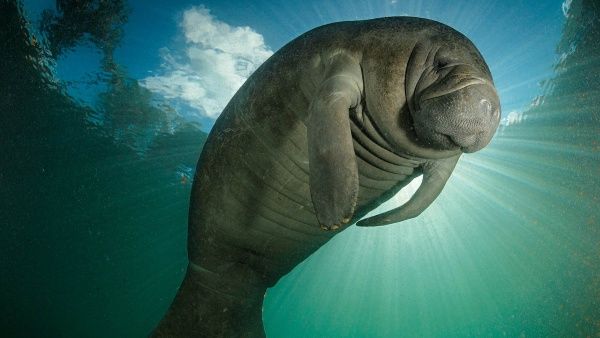
The round stone pre-Columbian spheres became part of Costa Rica’s national heritage on July 14, 2014.
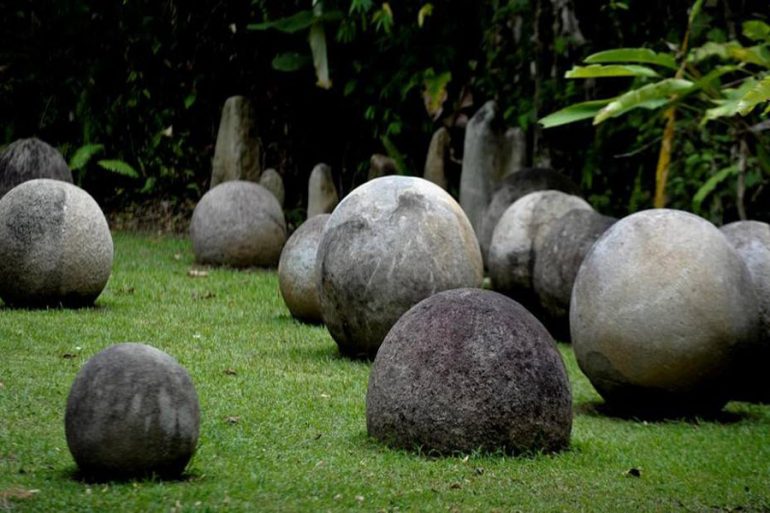
San José’s National Theater or Teatro Nacional became a national symbol on April 5 2018.
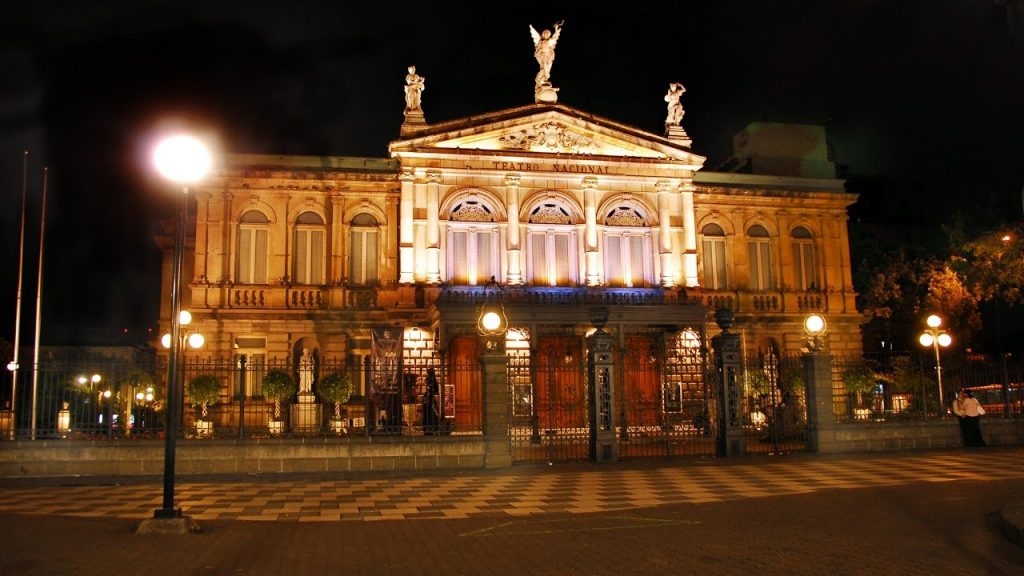
Christopher Howard has been conducting monthly relocation/retirement tours and writing retirement guidebooks for more than 30 years. See www.liveincostarica.com. He has a relocation/retirement blog at: http://www.liveincostarica.com/blog and is also the author of the one-of-a-kind bestselling e-book, “Guide to Costa Rican Spanish,” that can be purchased through Amazon
The chorreador is the latest item to be included on January 30, 2020. A chorreador is a coffee making device used in Costa Rica in which hot water leaches through coffee grounds held in a cloth filter mounted on a wooden stand, then drips into a container.
